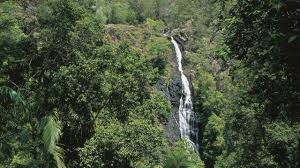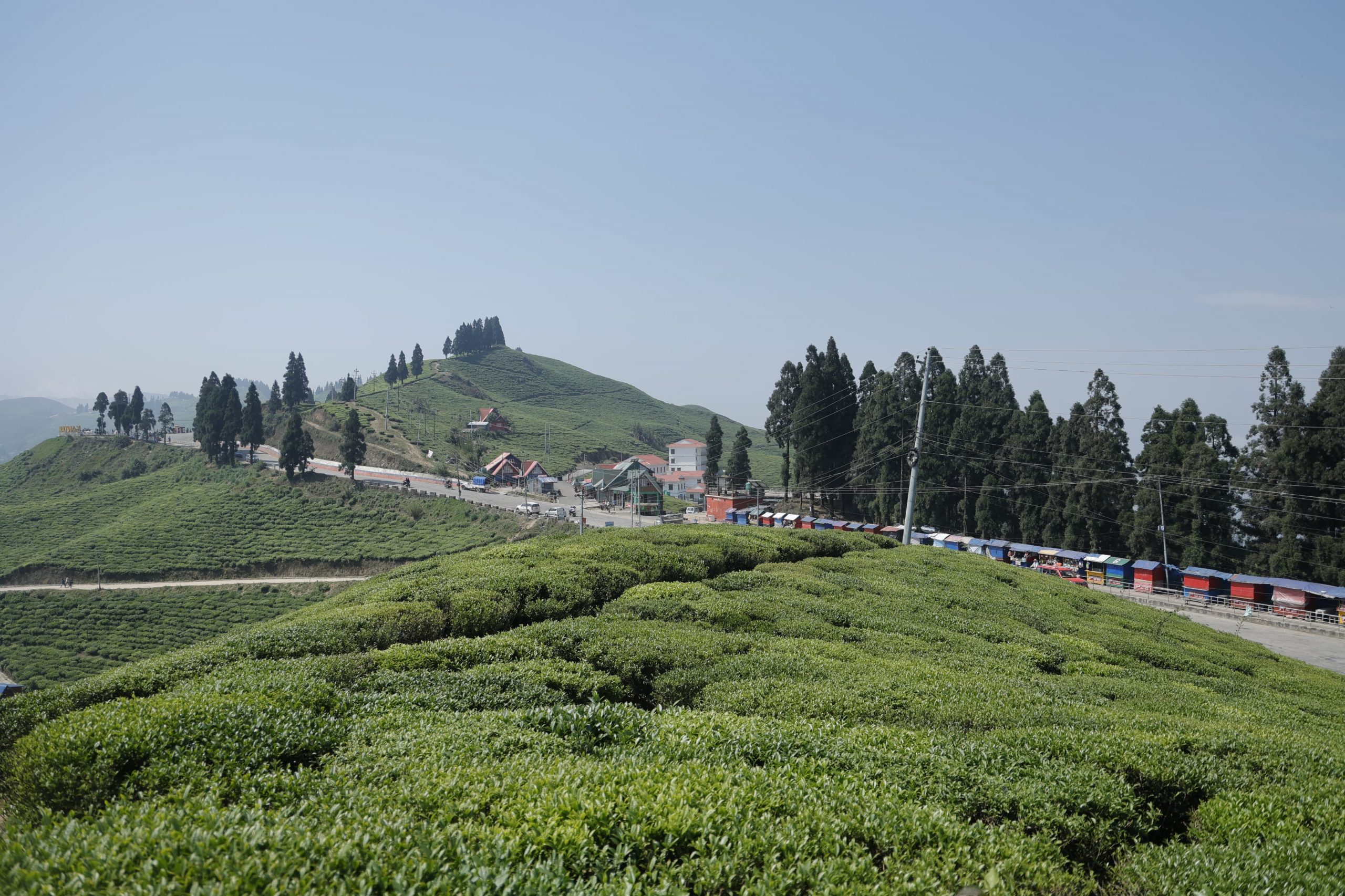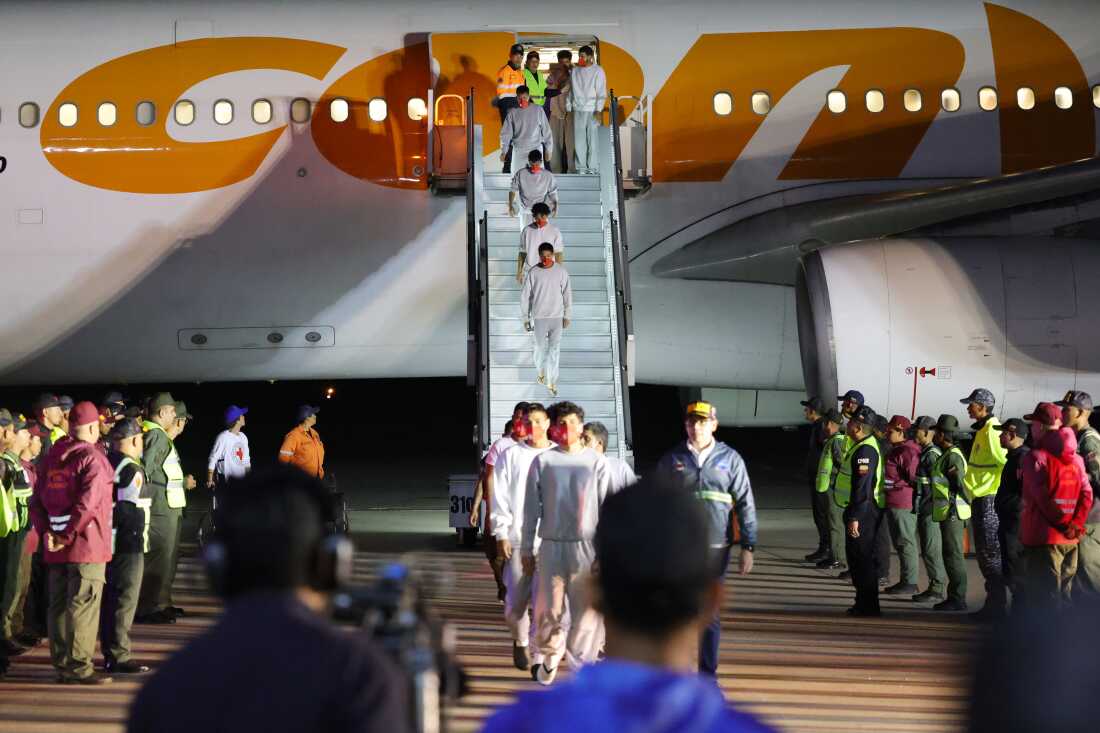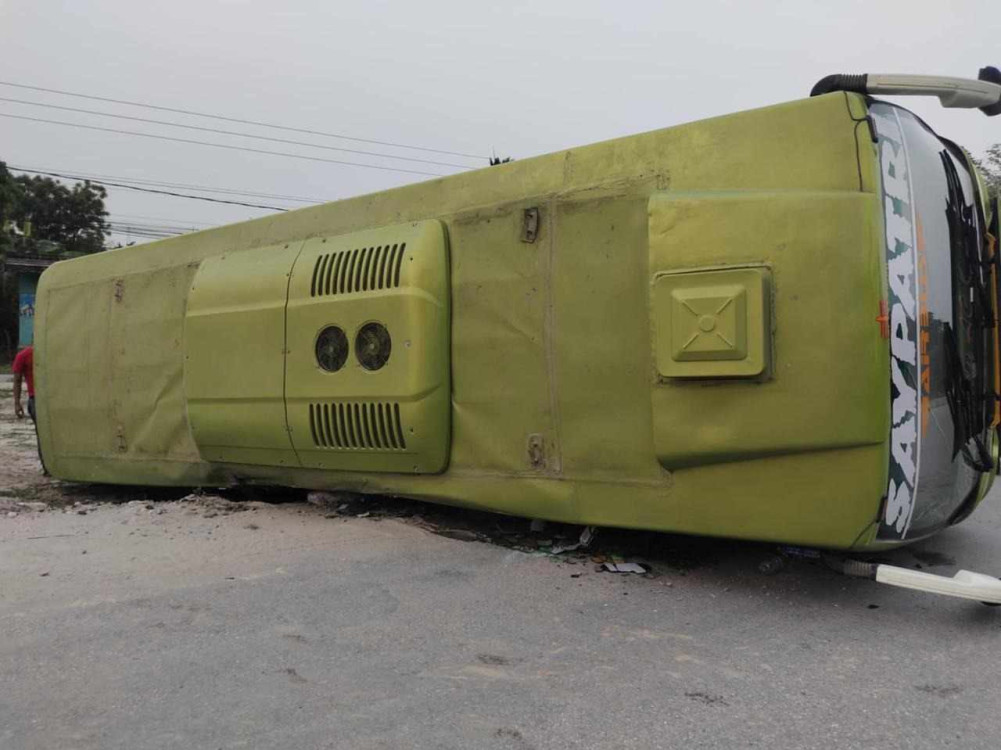Temperature Decreasing: What plans does the govt have to protect people from cold waves & snowfall?
Especially the poor, proletarians, squatters, groups of people who live on the streets, Banjaras who live a wandering life in the Terai region, etc., are affected by cold.

KATHMANDU: The weather is turning cold across the country. Every year, the number of people who die as a result of the cold rises. There are cold waves and cold waves during the winter season, especially in the Terai region. Natural disasters such as avalanches are also seen in the Himalayan region as a result of heavy snowfall.
Similarly, many people suffer from respiratory problems, colds, and pneumonia as a result of the cold this season. This is the cause of some deaths. Although the common cold affects everyone, children, the elderly, and the sick are particularly vulnerable.
Especially the poor, proletarians, squatters, groups of people who live on the streets, Banjaras who live a wandering life in the Terai region, etc., are affected by cold.
Many people are facing natural disasters in the cold weather due to a lack of facilities such as clothing and warm clothing to keep them warm, quilt, and a warm place to stay.
According to the National Disaster Risk Reduction and Management Authority, 116 people have died as a result of snowstorms and 12 people have died as a result of snowstorms in the last ten years. This year, three people have died as a result of snowfall and avalanches.
On 2071 Ashoj 28 (14 Oct, 2014), a snowstorm hit Manang, Mustang, and the Himalayan region, killing 43 people. In that incident, approximately 50 people went missing, and 400 people were successfully rescued. There were 21 hikers among them.
Cold waves, snows, mist, and snowfall cause significant physical and human losses, according to the National Disaster Risk Reduction and Management Authority. However, there is no concrete evidence of this.
To reduce such incidents, the authority stated that data on potential incidents will be collected in the coming days, and necessary facilities will be provided.
According to Dr Dijan Bhattarai, information officer for the National Disaster Risk Reduction and Management Authority, the authority is now collaborating with the District Disaster Management Committee and the Local Disaster Management Committee to manage the cold-related disaster.
Bhattarai said that the committees collect data on the risks and problems in their villages and society, as well as provide services to people who are at risk based on their needs.
He claims that as there are various types of problems in the Himalayan, hilly, and Terai regions, affected people will be distributed based on their clothing, food, and medicines. ‘Local sources will provide support to risk-affected people as needed,’ he says.
This time too, the authority has been working according to the plan of ‘Possible snowfall and cold wave disaster risk reduction and response guidance 2077’. In the said plan, it has been planned to carry out various works such as identifying vulnerable households, conducting public awareness programs to avoid snowfall, cold and cold waves, conducting search, rescue and necessary services and preparing for immediate relief.
Although there is a plan with the technology, the implementation time has not been set, according to Bhattarai.
He stated that the authority is following the plan to distribute food, warm clothing, blankets, firewood, wood, biomass, and snow removal materials as needed. ‘We tried to distribute the available resources by understanding who has what problem,’ he says.
Furthermore, the authority has stated that it will seek federal assistance if necessary to assist the local and district management committees in reducing the risk. The authority has estimated the risk of snowfall and cold wave in various districts, urging people to avoid cold wave and cold.
Districts estimated to be affected by cold wave
According to the National Disaster Risk Reduction and Management Authority, 22 districts of Terai are affected by Varseni cold wave. The southern part of Sunsari, Saptari, Sirha, Dhanusha, Mahottari, Sarlahi, Rautahat, Bara, Parsa, Nawalparasi West and Kapilvastu will be more affected.
It is estimated that there will be less impact in 11 districts namely Jhapa, Morang, Udayapur, Chitwan, Dang, Banke, Bardia, Kailali and Kanchpur.
The districts likely to be affected by snowfall
Snowfall appears in these areas: Taplejung, Sankhuwasabha, Solukhumbu, Dolakha, Sindhupalchok, Rasuwa, Manang, Mustang, Dolpa, Jumla, Mugu, Humla, Kalikot, Bajura, Bajhang, Darchula Dhading, Ramechhap, Gorkha, Rukum (East), Myagdi.
In addition, it seems that individuals and families should be aware of the risk of cold in the whole country.
-Tenzing Dolma Tamang










